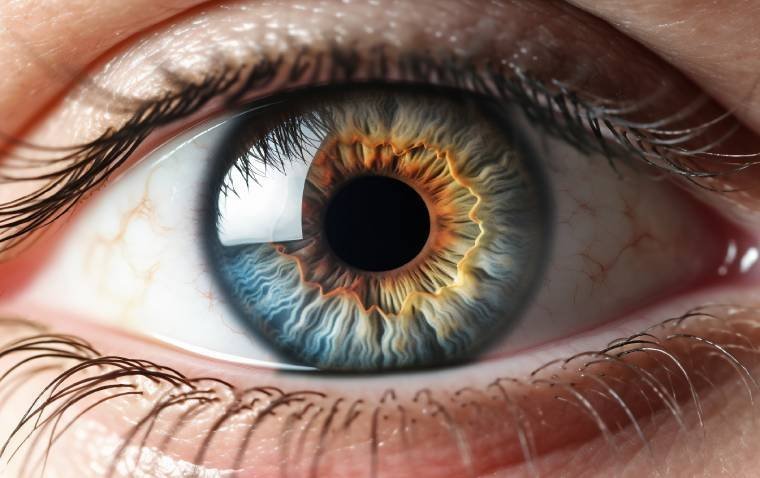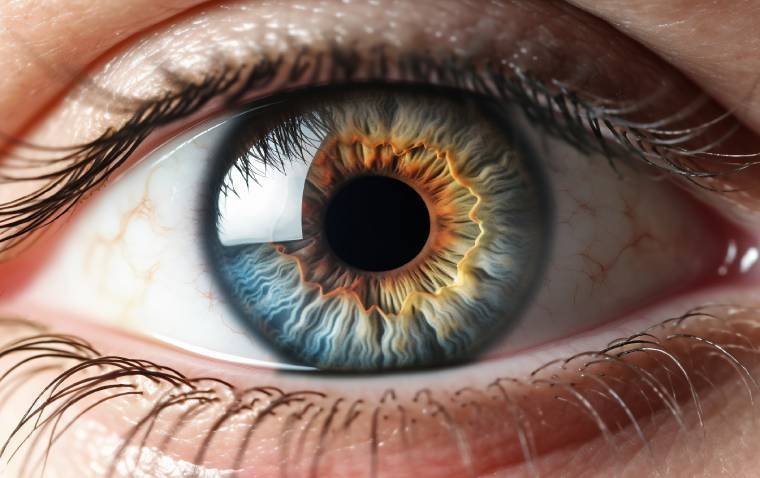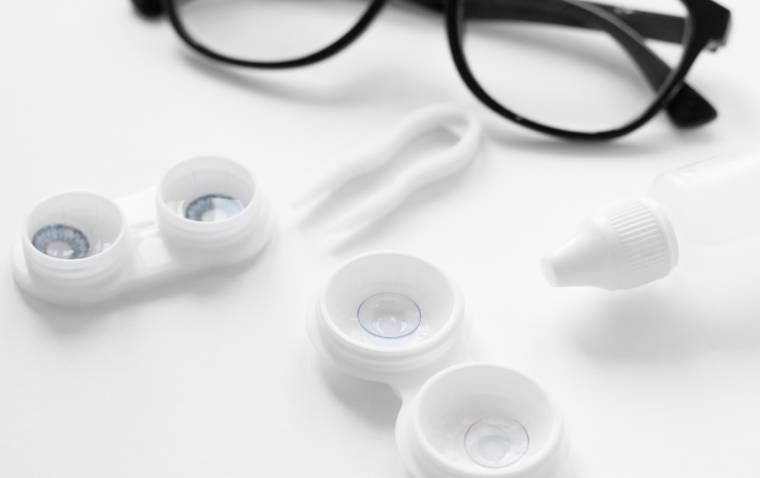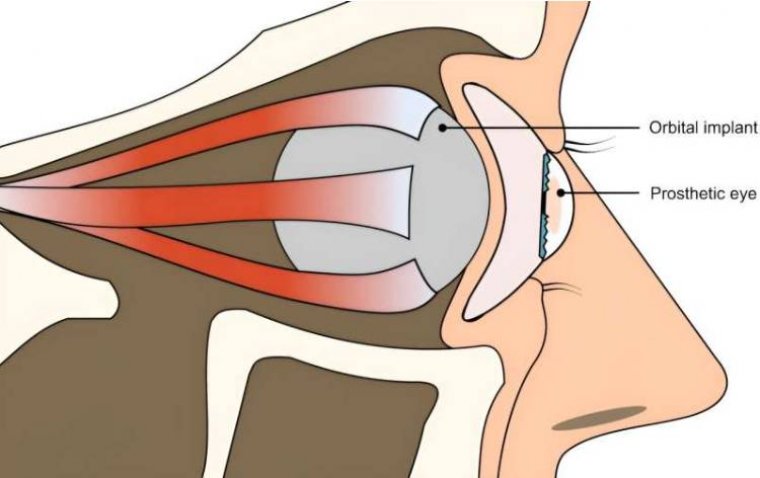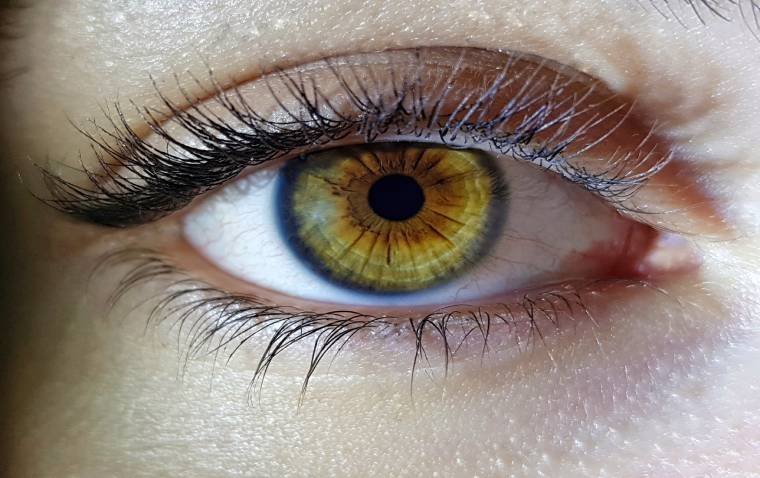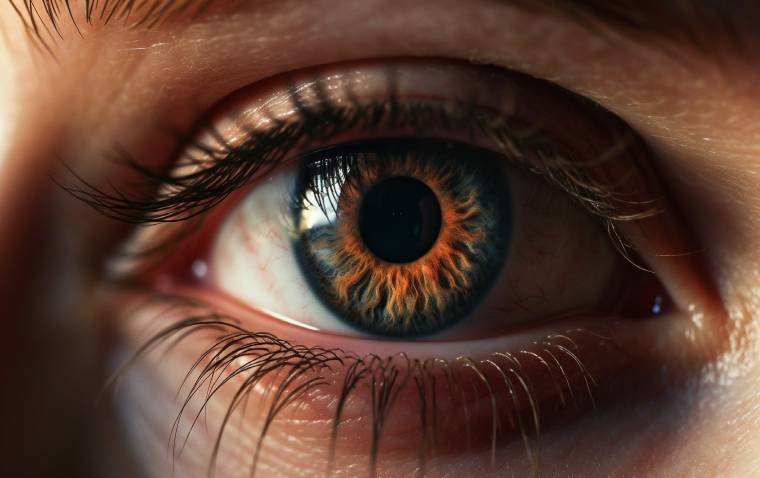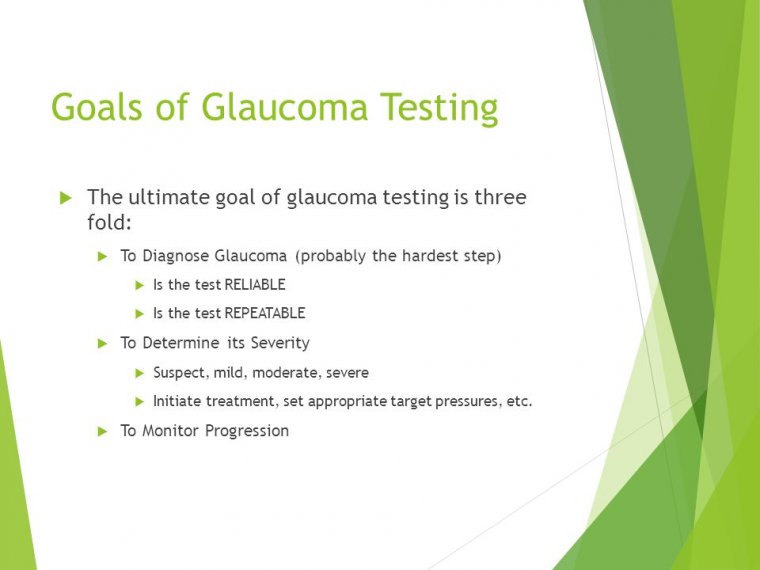
Experimental Drug Blocks Protein Linking Hypoglycemia to Diabetic Vision Loss
A groundbreaking study led by scientists at the Wilmer Eye Institute, Johns Hopkins Medicine, has identified a potential new mechanism behind diabetic retinopathy—highlighting the role of hypoglycemia and a key regulatory protein in retinal damage. The findings open new avenues for targeted therapy using an experimental drug that blocks this pathway.
Hypoglycemia and the Blood-Retinal Barrier
The research, conducted in diabetic mice, reveals that low blood sugar (hypoglycemia) can trigger the breakdown of the blood-retinal barrier (BRB)—a critical physiological barrier that controls the flow of nutrients, waste, and fluids in and out of the retina. This discovery sheds light on the mechanisms underlying diabetic retinopathy, a leading cause of vision loss in patients with type 1 and type 2 diabetes.
The Role of Hypoxia-Inducible Factor (HIF)
According to the study published in Science Translational Medicine, researchers found that hypoglycemia causes the accumulation of hypoxia-inducible factor (HIF) in certain retinal cells. HIF is a protein previously linked to diabetic eye disease and other retinal conditions.
When activated, HIF triggers a cascade of molecular events, including the overproduction of proteins that promote abnormal blood vessel growth and vascular leakage in the retina. The new findings demonstrate that HIF also plays a direct role in compromising the blood-retinal barrier during episodes of low blood sugar.
Experimental Drug 32-134D Shows Promise
To test the therapeutic potential of targeting HIF, researchers administered an experimental drug called 32-134D to diabetic mice prior to inducing hypoglycemia. The drug, designed to inhibit HIF, successfully:
• Lowered HIF levels
• Prevented the activation of damaging downstream proteins
• Protected the integrity of the blood-retinal barrier
• Reduced leakage from retinal blood vessels
In contrast, mice with diabetes that did not receive the drug experienced heightened HIF levels and barrier breakdown, while non-diabetic mice showed no significant HIF elevation or barrier disruption during hypoglycemia.
Clinical Implications and Future Research
“These studies help explain why patients with diabetes who are initially started on tight glucose control—or who experience large fluctuations in blood sugar—can see a worsening of their diabetic eye disease,” said Dr. Akrit Sodhi, MD, PhD, corresponding author and associate professor of ophthalmology at the Wilmer Eye Institute, Johns Hopkins University School of Medicine.
“Our findings underscore why therapies targeting HIF will be an effective approach to prevent or treat diabetic retinopathy.”
The research team plans to continue investigating the relationship between HIF, blood-retinal barrier integrity, and retinal disease progression, with the goal of advancing 32-134D into clinical trials for patients with diabetic retinopathy.
Reference:
Chuanyu Guo et al, Hypoglycemia promotes inner blood-retinal barrier breakdown and retinal vascular leakage in diabetic mice, Science Translational Medicine (2025). DOI: 10.1126/scitranslmed.adq5355
(1).jpg)
